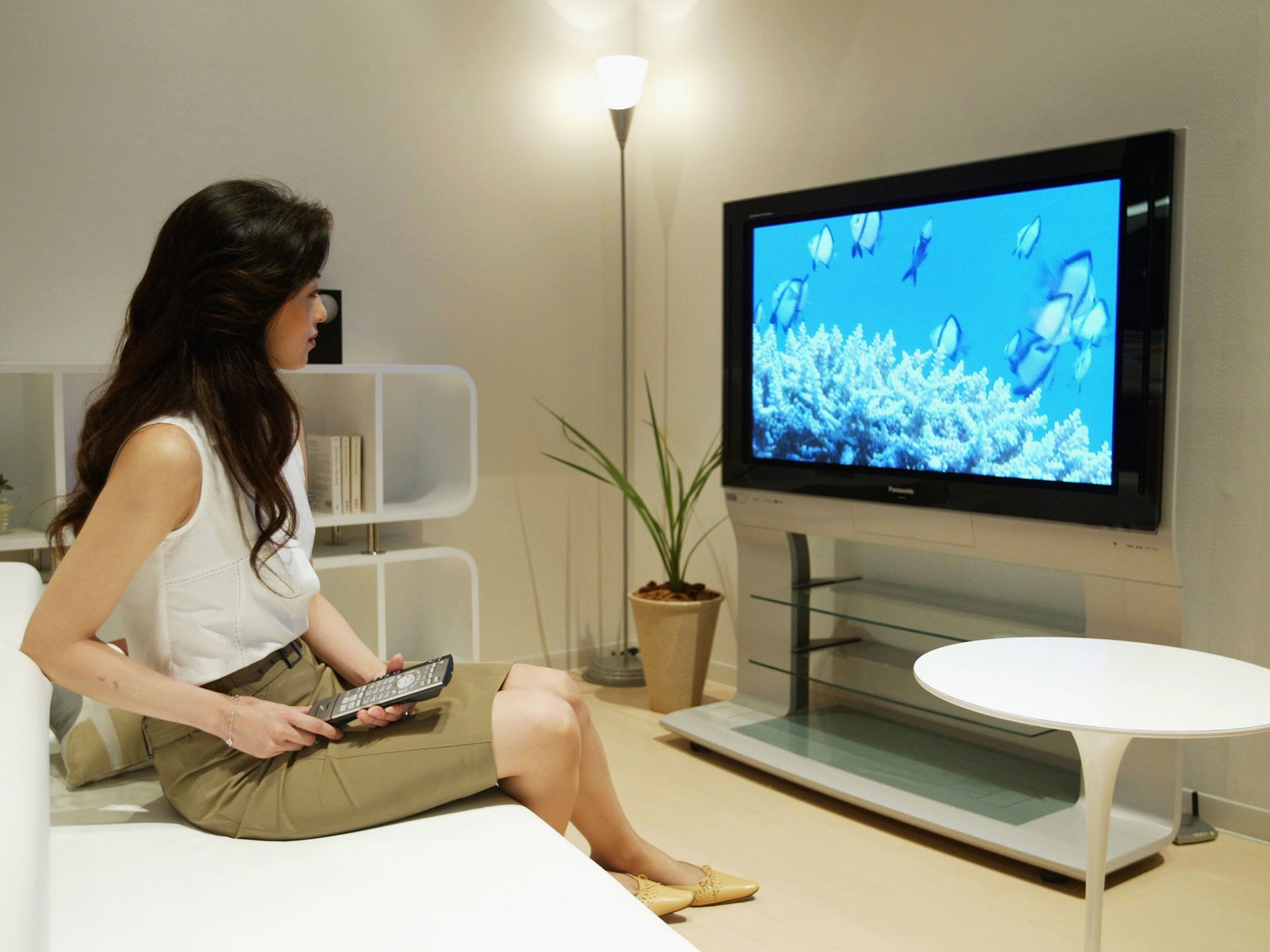Adopting Passivhaus building standards could allow people to heat their homes using power emitted by their televisions
An alternative insulation system lets you save cash from your couch

Your support helps us to tell the story
From reproductive rights to climate change to Big Tech, The Independent is on the ground when the story is developing. Whether it's investigating the financials of Elon Musk's pro-Trump PAC or producing our latest documentary, 'The A Word', which shines a light on the American women fighting for reproductive rights, we know how important it is to parse out the facts from the messaging.
At such a critical moment in US history, we need reporters on the ground. Your donation allows us to keep sending journalists to speak to both sides of the story.
The Independent is trusted by Americans across the entire political spectrum. And unlike many other quality news outlets, we choose not to lock Americans out of our reporting and analysis with paywalls. We believe quality journalism should be available to everyone, paid for by those who can afford it.
Your support makes all the difference.Feeling guilty about watching Made in Chelsea? Perhaps you’d feel better if you knew that 30 minutes or more of Spencer, Jamie and Binky could help heat a home.
In a well-insulated building the energy emitted by a television, a fridge and two human bodies would be enough to heat it, said senior electrical engineer Bill Watts, who thinks we could all save money and energy by adopting Passivhaus building standards.
Although central heating systems would be needed on the coldest days, they would be made “all but redundant” in homes built according to Passivhaus standard, said Mr Watts, a senior partner at engineering firm Max Fordham. The standard, developed in Germany in the early 1990s, leads to homes that are so energy efficient they only need an extra 15kWh/m² per year of heating energy.
So, just an hour in front of the box would be “enough to keep you warm when it’s down to three degrees outside. That will give you 21 degrees inside,” said Mr Watts. “It does depend on whether you’ve got very heavy concrete walls. But if it’s a modern construction, things will heat up very quickly.”
Mr Watts said those wishing to feel the full heating benefits of a television would need to thoroughly insulate their home through such methods as triple-glazing and wall insulation. “The average home in the UK uses 130kWh/m² per year to heat. Even in older homes, effective insulation can, in some cases, reduce this to as little as 15kWh/m² per year, meaning the modest amount of radiated heat from a television in a well-insulated home would keep most of us comfortably warm,” said Mr Watts.

Although popular in Germany and Sweden, not enough homes in the UK are being built to the Passivhaus standard, he said. Instead money was being spent on more wasteful systems such as Combined Heat and Power schemes and District Heating, which are switched on all year round and can cost between £5,000 and £15,000 to install.
“The standards [of building new homes with appropriate insulation] have been sliding back, under pressure from developers [who] say ‘we can’t afford to put in all this insulation’. But people are spending money on these District Heating schemes which are very expensive,” said Mr Watts.
Insulating older buildings was also necessary to reduce energy consumption, but often proved expensive. “The retrofit of the existing housing stock is a real challenge. It’s certainly possible to get it up to that sort of [Passivhaus] standard but I didn’t say it was easy. You either put [insulation] on the outside of the house which will affect what the building looks like or you put it on the inside which affects how big the rooms are … [but] it can be done on a piecemeal basis,” said Mr Watts.
Improving the insulation standard of homes would have an “enormous” impact on the UK’s carbon dioxide emissions and energy usage. Nearly half of the energy consumed in the UK is for heating.
Mark Elton, a certified European Passivhaus designer, said home appliances contributed a higher proportion of heating needs in Passivhaus buildings than conventional homes, but did not advocate depending on them “as the primary form of heating as they rely on carbon-intensive electricity to operate”.
“But as the future for energy efficient, highly comfortable homes ... the Passivhaus standard represents an exciting future,” he said, adding that a three-bedroom home of around 100m² could cost as little as £7 per month to heat.
Investing in Passivhaus standard insulation of existing building stock as a national infrastructure priority, would also reduce the need for new power plants. “Maybe we wouldn’t need that next generation of expensive Chinese-funded, French-built power stations after all,” he said.
Join our commenting forum
Join thought-provoking conversations, follow other Independent readers and see their replies
0Comments